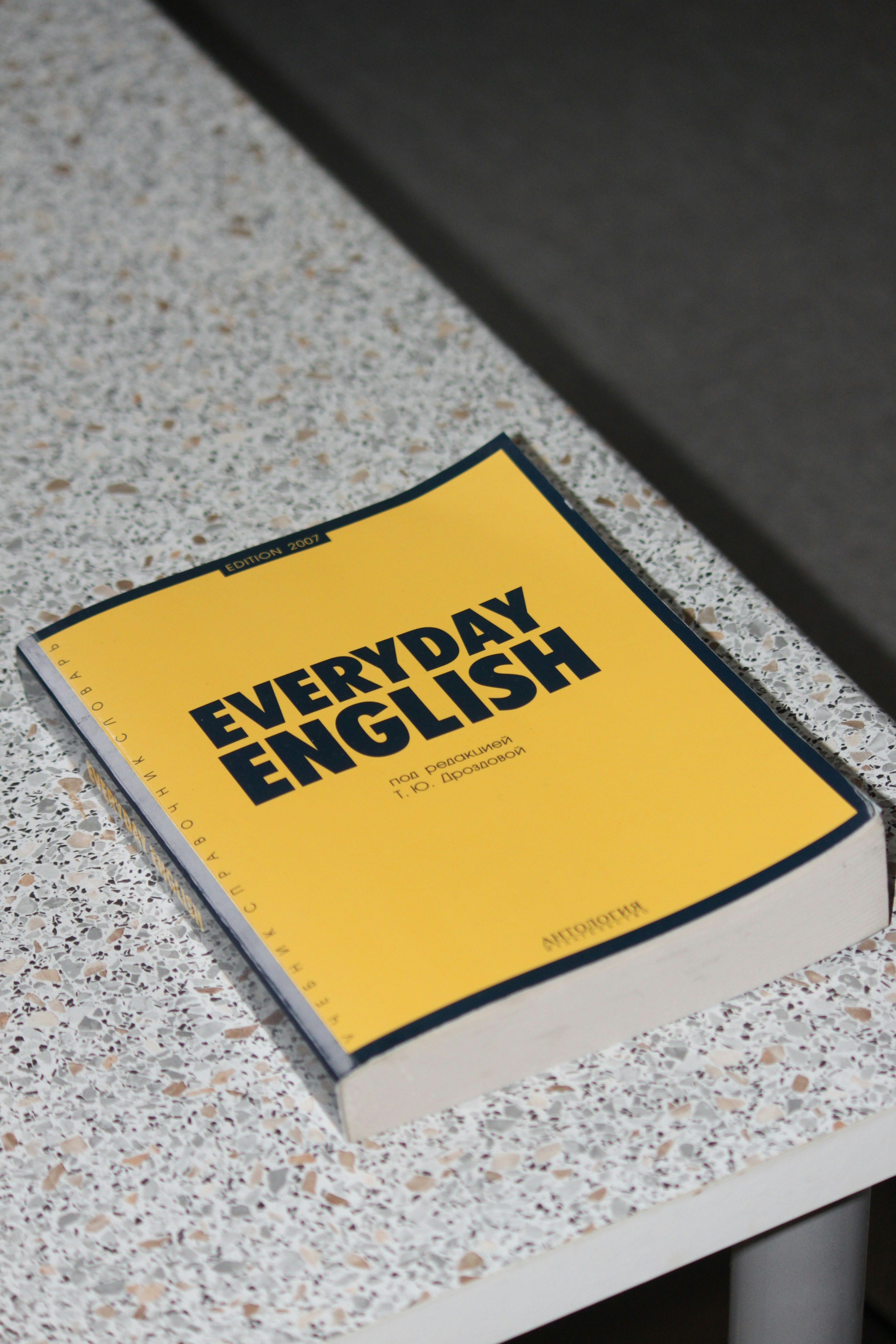1. Why Understanding Command Words Matters 🎯
In Topic 3.1.1 of AQA GCSE English Language (8700), students must respond to exam questions using appropriate linguistic skills. Exam command words—provided by Ofqual and contextualised by AQA—tell students precisely how to answer. Misreading them can mean losing valuable marks through misalignment with question intent.
2. Official AQA Command Words (GCSE English Language 8700)
The AQA GCSE English Language specification includes the following command words and meanings:
| Command Word | Meaning / Student Task |
|---|---|
| Analyse | Break information into components and explain characteristics |
| Argue | Present a reasoned case |
| Assess | Make an informed judgement |
| Comment | Offer an informed opinion |
| Compare | Identify similarities and/or differences |
| Contrast | Point out differences |
| Criticise | Assess worth against expectations |
| Debate | Present multiple perspectives |
| Describe | Give an account in detail |
| Discuss | Explore ideas and weigh strengths/weaknesses |
| Evaluate | Judge and weigh evidence and success |
| Examine | Investigate in depth |
| Explain | Give reasons or causes |
| Find | Choose true/false statements |
| Illustrate | Provide clarifying examples |
| Review | Survey and summarise information |
| Suggest | Propose ideas or solutions |
| Summarise | Present principal points without detail |
| Support | Use quotations/textual evidence |
| What do you understand | Interpret and explain meaning from text |
These are the command words officially listed for the English Language specification; AQA may also include small subject‑specific additions (e.g. support) to emphasise close textual referencing.
3. Teaching Strategies for Command Words
a) Introduce via Exam Questions
Display exam-style questions and highlight command words. Ask students to restate the task in their own words: e.g., “Compare means identify both similarities and differences.”
b) Model Responses
Use anchor samples to show how a response to analyse differs from one responding to describe or evaluate.
c) Practice Flashbacks
For quick warm-ups, use flashcards (e.g. Quizlet) of command words and ask students to match with definitions.
d) Scaffold with Marking Grids
Create mark scheme rubrics that link command words to success criteria—like “Analyse: break into components using technical terms.”
e) Link to Assessment Objectives (AOs)
Command words steer which AO is being assessed—explain and describe tend to measure AO1 (understanding), while evaluate and critique link to AO3 skills like forming opinions.
4. Sample Teaching Activity
Topic: Writer’s language techniques, GCSE question: “How does the writer’s use of language achieve an effect?”
-
Command Word: explain how
-
Student Task: Identify a technique (e.g. simile), explain its purpose, and link it to effect.
-
Mark Scheme Focus: Clear reasons + textual example + interpretation = Level 2 AO2 response.
5. Why Students Miss Marks & How To Help
Common Misunderstandings:
-
Using describe when evaluate is required → superficial responses.
-
Ignoring support requirement → no quotations = lost marks.
-
Treating find questions as recall rather than true/false prompts.
Effective Support Strategies:
-
Use mini‑tests: students rewrite wrong command words correctly.
-
Offer written frames: e.g. "The writer … suggests that ... because ..."
-
Peer feedback: students check each other’s command-word usage.
6. How Marking.ai Supports Command Word Mastery 🎓
Marking.ai can reduce marking workload while keeping feedback aligned:
-
Automatic tagging by command word: highlight when students misinterpret analyse vs describe.
-
Custom comment banks mapped to AO criteria such as evaluate, compare, and support.
-
Rubric-aligned feedback: link comments to command-word differentiation ensuring students meet question intent.
-
Instant consistency: feedback aligned to AQA command word expectations across dozens or hundreds of responses.
7. Summary & Teacher Checklist
-
🧠 Familiarise yourself with AQA’s list of command words (see above table).
-
📌 Highlight key words in exam questions during lessons.
-
✏️ Ensure students support points when support or explain is required.
-
🧾 Mark with AO clarity, and provide feedback tied to command word mastery.
-
🧩 Leverage tools like Marking.ai to speed up marking and reinforce consistent command-word feedback.
FAQ Section (FAQPage Schema-ready)
Q: What’s the difference between ‘describe’ and ‘explain’?
A: Describe requires detailed description or account. Explain requires reasons or causes behind what is described—linking cause and effect.
Q: How can I help students recognise command words?
A: Use student self-checklists, highlight command words in past papers, and ask them to paraphrase the required task before writing.
Q: Does AQA change command words often?
A: The meanings are set by Ofqual. AQA only contextualises for its English Language specification; changes are rare and clearly updated on their site.
Conclusion
Mastery of command words is essential for success in GCSE English Language (8700). When students accurately interpret analyse, evaluate, support or describe, they deliver answers aligned with AQA expectations and maximise their marks. For teachers, embedding command-word coaching into regular formative assessment and using tools like Marking.ai ensures efficient, consistent feedback that targets key curriculum and assessment objectives.




SUBMIT YOUR COMMENT